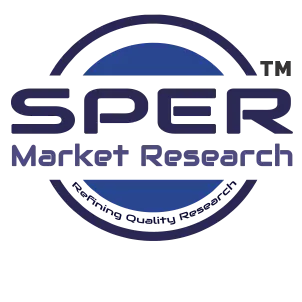Automotive lead-acid batteries are crucial power sources in vehicles, mainly for starting, lighting, and ignition (SLI) functions. These batteries are composed of lead dioxide (PbOâ‚‚) at the positive plate and spongy lead (Pb) at the negative plate, submerged in a sulfuric acid electrolyte. The construction of automotive lead-acid batteries enables them to deliver high surge currents, making them especially effective for starting engines that demand substantial power at ignition.
Drivers:
The global market for lead-acid batteries in the automotive sector is primarily influenced by passenger vehicles, commercial vehicles, and two-wheelers, all of which rely on lead-acid batteries for starting, lighting, and ignition (SLI) applications. The increase in vehicle ownership, driven by urbanization and rising disposable incomes in developing areas, has further amplified demand. Moreover, the consistent production of internal combustion engine (ICE) vehicles, which continue to dominate the global automotive landscape despite the emergence of electric vehicles (EVs), guarantees ongoing dependence on lead-acid batteries.
Challenges:
Fluctuations in raw material prices for lead, sulfuric acid, and plastic components affect manufacturing expenses and profit margins, leading to pricing pressures during spikes in commodity costs that may not be entirely passed on to end customers due to competitive market conditions. The advancements in lithium-ion battery technology pose potential long-term displacement risks in specific auxiliary applications and future vehicle designs, necessitating that lead-acid battery manufacturers highlight their cost advantages and the benefits of established infrastructure. Environmental regulations concerning battery production, the transportation of hazardous materials, and end-of-life recycling introduce compliance costs and operational complexities that particularly burden smaller manufacturers with limited economies of scale.
Market Trends:
The demand for lead-acid batteries in the automotive sector is propelled by the increasing advancements in technology. Automakers are incorporating modern features such as regenerative braking and sophisticated infotainment systems into their vehicles, necessitating dependable and efficient power sources. In response to these changing energy requirements, battery manufacturers are creating enhanced flooded batteries (EFB) and absorbent glass mat (AGM) batteries, thereby making lead-acid batteries more compatible with contemporary vehicles. Furthermore, innovations in battery design enhance charge acceptance, prolong lifespan, and minimize maintenance, rendering them a more appealing choice for both automakers and consumers.
Global Automotive Lead Acid Battery Market Key Players:
Camel Group Co., Ltd, C&D Technologies Inc, Clarios, CSB Energy Technology Co. Ltd, East Penn Manufacturing Company, EnerSys, Exide Industries Ltd, Exide Technologies, GS Yuasa Corporation, and Koyo Battery Co, Ltd are just a few of the major market players that are thoroughly examined in this market study along with revenue analysis, market segments, and competitive landscape data.
Global Automotive Lead Acid Battery Market Segmentation:
By Battery Type: Based on the Battery, Global Automotive Lead Acid Battery Market is segmented as; Flooded, SLI, Absorbent Glass Mat, Enhanced Flooded Battery.
By Vehicle Type: Based on the Vehicle Type, Global Automotive Lead Acid Battery Market is segmented as; Passenger cars, Light and heavy commercial vehicles.
By Region: This research also includes data for North America, Latin America, Asia-Pacific, Europe, Middle East & Africa.
This study also encompasses various drivers and restraining factors of this market for the forecast period. Various growth opportunities are also discussed in the report.






















